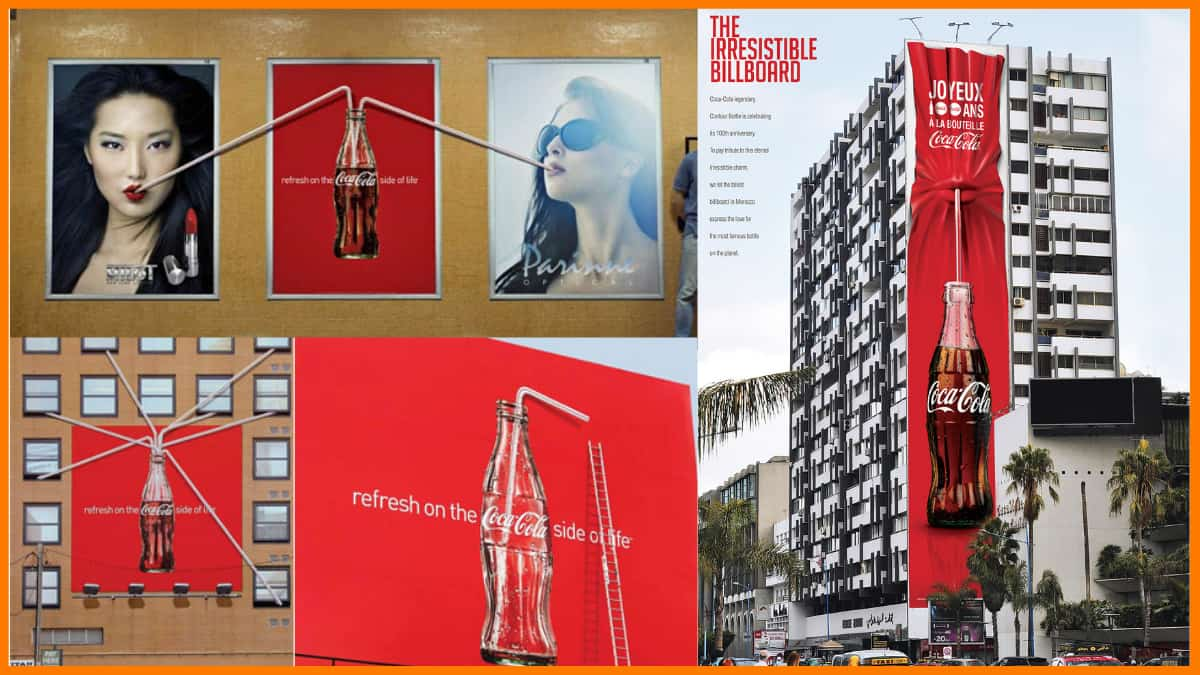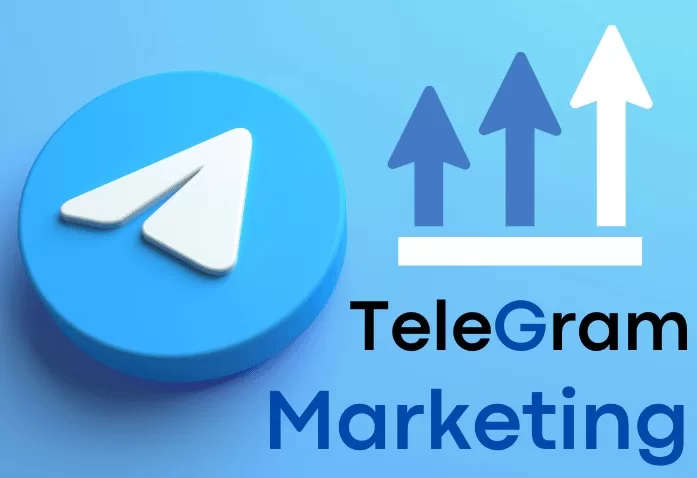
Unveiling Guerrilla Marketing: The Art of Disruption in Advertising
In the ever-evolving landscape of marketing, traditional strategies often struggle to capture the attention of modern consumers who are bombarded with messages at every turn. Enter guerrilla marketing, a disruptive and unconventional approach that thrives on creativity, innovation, and surprise. In this blog post, we’ll delve into the concept of guerrilla marketing, exploring its definition, key characteristics, and why it’s become a go-to strategy for brands looking to make a memorable impact.
What is Guerrilla Marketing? Guerrilla marketing is a marketing strategy that focuses on unconventional, low-cost tactics to promote a product, service, or brand. It’s all about thinking outside the box and finding inventive ways to connect with audiences in unexpected places and at unexpected times. Unlike traditional forms of advertising, which rely on paid media placements, guerrilla marketing leverages creativity and grassroots techniques to generate buzz, spark conversations, and leave a lasting impression.
Key Characteristics of Guerrilla Marketing:
- Creativity: Guerrilla marketing campaigns are known for their creativity and originality. They often involve eye-catching visuals, interactive experiences, and unconventional messaging that capture the audience’s attention and imagination.
- Surprise: A hallmark of guerrilla marketing is its element of surprise. Whether it’s a flash mob in a busy city square or a pop-up installation in an unexpected location, guerrilla tactics are designed to catch people off guard and create memorable moments.
- Interactivity: Many guerrilla marketing campaigns encourage audience participation and engagement. From interactive installations to social media challenges, these campaigns invite consumers to be active participants rather than passive observers.
- Cost-Effectiveness: One of the biggest appeals of guerrilla marketing is its cost-effectiveness. By eschewing expensive media buys in favor of creative ingenuity, brands can achieve maximum impact with minimal investment.
- Virality: Guerrilla marketing thrives on the power of word-of-mouth and social sharing. The most successful campaigns have a viral quality that spreads organically through social networks, amplifying their reach and impact.
Examples of Guerrilla Marketing:
- The “Fearless Girl” Statue: Installed in New York City’s Financial District by State Street Global Advisors, the “Fearless Girl” statue became an overnight sensation, symbolizing gender diversity and empowerment in the workplace.
- The “Carrie” Coffee Shop Prank: To promote the release of the movie “Carrie,” a coffee shop in New York City was rigged with hidden cameras to capture unsuspecting customers’ reactions to a telekinetic prank. The resulting video went viral, generating millions of views and sparking conversation about the film.
- The Coca-Cola Happiness Machine: Coca-Cola installed special vending machines in public spaces that dispensed not only soda but also unexpected surprises like flowers, pizza, and even a giant sandwich. The feel-good moments were captured on camera and shared widely on social media, reinforcing Coca-Cola’s brand message of happiness and positivity.
Conclusion: Guerrilla marketing is not just a marketing strategy; it’s a mindset. It’s about breaking free from the constraints of traditional advertising and embracing creativity, innovation, and disruption. By thinking outside the box and taking risks, brands can create memorable experiences that resonate with consumers on a deeper level. In an age where attention is the most valuable currency, guerrilla marketing offers a refreshing and effective way for brands to stand out and make an impact.









